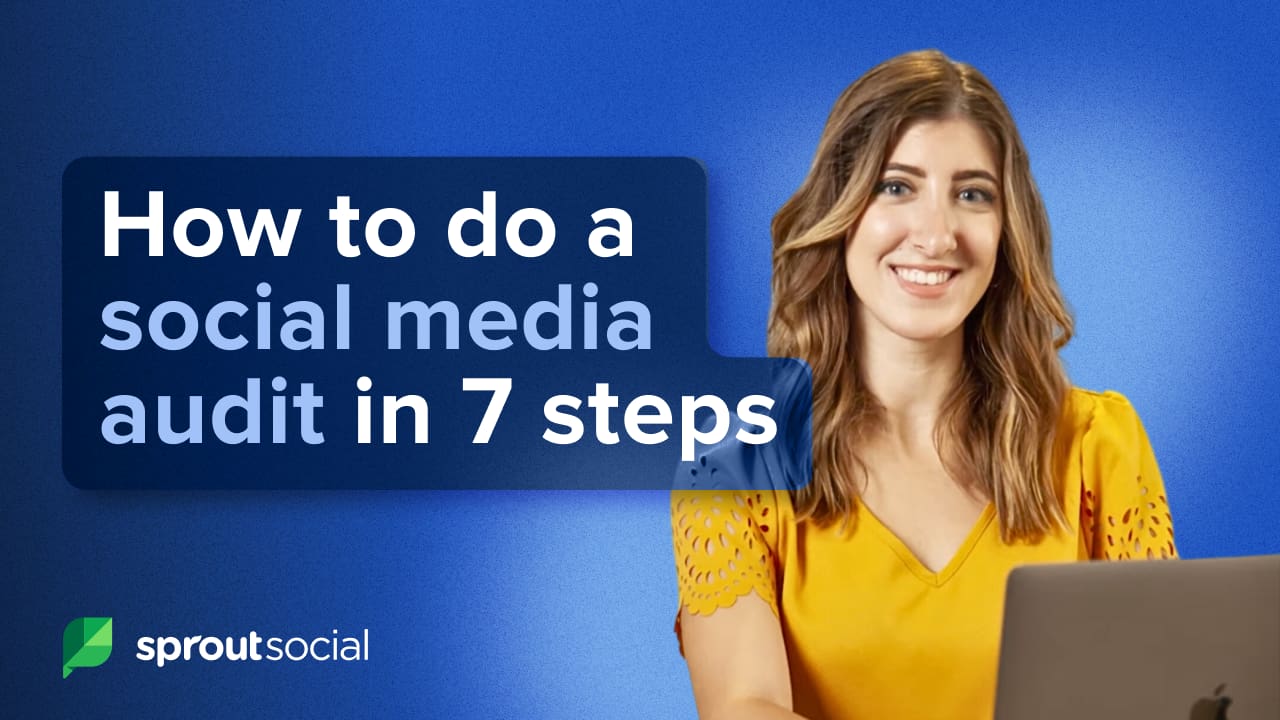Seven Steps to Confidently Conduct a Social Media Audit

A social media audit is a process of reviewing your business metrics on each social platform to assess growth opportunities and improve your social presence [00:35]. It helps determine if your current strategy is effective and can also guide the creation of a new strategy [01:01]. The video recommends performing an audit quarterly for real-time adjustments, yearly, and at the start of a new job [01:08].
The video outlines Seven Steps to Confidently Conduct a Social Media Audit:
-
Define Your Goals [01:40]
-
You need to know what success looks like on each platform.
-
Common goals include: increasing brand awareness, generating more leads and sales, increasing Community engagement, and growing followers or subscribers [02:00].
-
It’s okay to have different goals for different platforms.
-
-
Make a List of Your Social Accounts [02:17]
-
Take inventory of all your accounts, including those you use less frequently, like an inactive TikTok account [02:30].
-
This may reveal new growth opportunities, such as trying YouTube Shorts if you’re active on TikTok [02:43].
-
Look for “rogue accounts”—check if they are still relevant and decide if you should evolve or delete accounts that haven’t been used in years [03:07].
-
After taking inventory, decide which platforms to prioritize.
-
-
Check Your Branding [03:24]
-
Dig into Your Analytics [04:08]
-
This is the “heart of your audit” [04:16]. Your data tells you if you’re hitting your goals and where to improve [04:21].
-
Focus on metrics related to the goals you set in step 1 (e.g., if the goal is audience growth, focus on impressions, reach, views, and follows) [04:26].
-
Native social platforms have an “Insight” section, but some, like TikTok, don’t keep data past a certain point, so pull data regularly [04:36].
-
-
Get to Know Your Audience [05:06]
-
Look at Your Top Posts [06:03]
-
Analyzing your most successful posts tells you what resonates with your audience [06:16].
-
Look for patterns in content types (e.g., videos vs. photos), different topics, and the time they were published [06:23].
-
Looking at outliers can also reveal post types your audience liked that you weren’t expecting [06:41].
-
-
Analyze Your Findings [06:48]
-
This is about deciding what’s next for your strategy [06:56].
-
The best way to do this is with a SWOT analysis (Strengths, Weaknesses, Opportunities, and Threats) [07:02].
-
Ask questions like: What content should we do more or less of? Are we reaching the right audience? What platforms aren’t hitting their goals? [07:12]
-
Use these findings to decide on next steps and evolve your strategy for each platform [07:23].
-
The video also highlights a free social media audit template offered by Sprout Social, which includes automatic calculations for metrics, a summary tab, and sections for audience analysis and SWOT analysis [07:34].
Ready to conduct your first social media audit? Following these steps can take your social media strategy from “guessing game” to “growth engine.” A thorough social media audit helps you uncover hidden opportunities, refine your content strategy and demonstrate the impact of your efforts.
To get access to your social metrics all in one place and make every social media audit easier, test out Sprout’s capabilities with a free 30-day trial.

Share